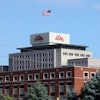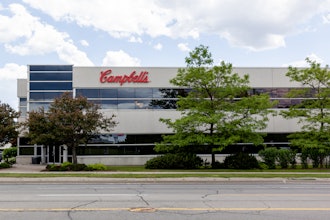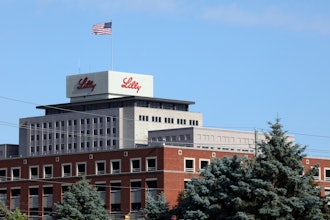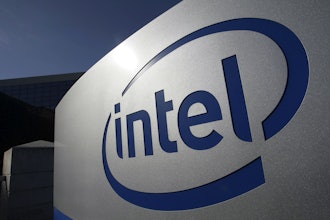By LINDSEY CHRISTENSEN, Marketing Project Manager, Guest Journalist, PTC
 The National Nuclear Security Administration (NNSA) is dismantling the last of its Cold War-era nuclear bombs. As you would imagine, the process is a complicated and dangerous one. The work is being done in a Texas plant dedicated to disassembling nuclear bombs, and they are finally down to the last one -- a B53.
The National Nuclear Security Administration (NNSA) is dismantling the last of its Cold War-era nuclear bombs. As you would imagine, the process is a complicated and dangerous one. The work is being done in a Texas plant dedicated to disassembling nuclear bombs, and they are finally down to the last one -- a B53.
The B53 “bunker buster” weighs 10,000 pounds and is 12 feet in length, 50 inches in diameter. According to the Federation of American Scientists, it is 600 times more powerful than the atomic bomb dropped on Hiroshima, Japan, at the end of World War II. Blast effects would be sufficient to collapse most residential and industrial structures within a 9.3 mile radius; within 3.5 miles, virtually all above-ground structures would be destroyed and blast effects would inflict near 100 percent fatalities.
The possible devastation from separating the bomb’s 300 pounds of high explosives from the nuclear material is jarring and requires best-in-class engineering teams to ensure safety. A big hurdle for these teams has been the loss of intellectual property (IP) from the time the original engineers created the bomb in the 1960s. The weapons were created using older technologies and processes by engineers who have long since retired or died.
Today, knowledge preservation is a hot topic of discussion in engineering-intensive industries. Industry is facing the realities of an aging workforce and the challenges that come with it -- most notably the recruitment/training of the next generation of personnel, as well as the loss of crucial intellectual property. In the unique field of nuclear technologies, there is special emphasis on documenting knowledge for safety reasons.
In 1957, the International Atomic Energy Agency (IAEA) was set up as an independent international organization within the family of the United Nations to promote safe, secure and peaceful nuclear technologies. Since 2006, the IAEA has created a program called Nuclear Knowledge Management (NKM), which seeks to define:
- How nuclear knowledge management can contribute to maintaining the core knowledge that must be in place to operate existing plants safely.
- How nuclear knowledge management can help achieve gains in economic and operational performance.
- How nuclear knowledge management can help preserve existing knowledge and channel it towards future innovations.
- How nuclear knowledge management can help assure the smooth and effective transfer of the knowledge of today’s generation to the next generation.
What kinds of systems are needed to manage, retain and transfer crucial knowledge to next-generation workers? Fortunately, today’s design teams have the opportunity to use technologies that can capture full product data, including the full history of version/iteration changes without worrying about this knowledge gap.
Working with the right product lifecycle management (PLM) solution can help companies maintain a “single source of truth” for full digital product definition and content.
A robust PLM solution allows the capture of full design intent and all the intellectual property behind the development of a product. So, when the original engineers on a project retire or move on, an organization doesn’t have to invest extra time, money and resources in tracking down people, parts and tools. Or even worse, be forced to make dangerous guesses and assumptions.
Is knowledge management an important part of your business? If so, what tools and best practices does your company use to preserve knowledge? Please comment below. For more information, please visit www.ptc.com.


















